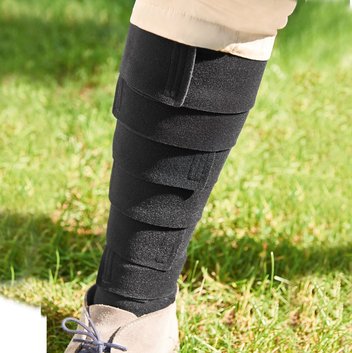EATING WELL
Good choices: How to eat healthily with Lymphoedema

We know that eating a balanced diet and maintaining a healthy weight can help to manage your Lymphoedema symptoms. Yet, there’s a confusing amount of advice on which foods are good and bad to eat. While there is no special diet that will help your swelling go away, here’s a list to help you make the right choices…
Keep it balanced
Eat a healthy mix of lean protein, whole grains, fish, fruit and vegetables to make sure you’re getting a good balance of all the main food groups. This should give you all the vitamins and minerals you need to function. Try to avoid overly restrictive diets.
Limit sugar
We all enjoy a treat, but extra sugar in foods can make Lymphoedema worse. Sugar contributes to all the major symptoms including inflammation and swelling. Try to make healthy swaps, such as drinking water instead of soda, get a sweet fix from fruit and limit baked goods.
Avoid caffeine and alcohol
While it’s tempting to start every day with a cup of coffee, it’s not the best thing you can drink to manage your Lymphoedema. Both caffeine and alcohol are diuretics which help to remove excess fluid from the body. This may sound like a good thing at first, but diuretics can have an adverse effect in the long-term and experts recommend keeping them to a minimum.
Reduce your salt intake
Salt causes the body to retain fluid, which is not ideal if you’re living with Lymphoedema. There are no official guidelines to say limiting salt will control your symptoms but, as high intake is linked with other health conditions, it makes sense to stick within the suggested limit. The American Heart Association recommends that your daily sodium intake should ideally be less than 1,500mg and no more than 2,300mg per day (1).
Remember, everyone is different. Always talk to our care provider before changing your diet or embarking on a new eating plan.
(1) The American Heart Association 2017


